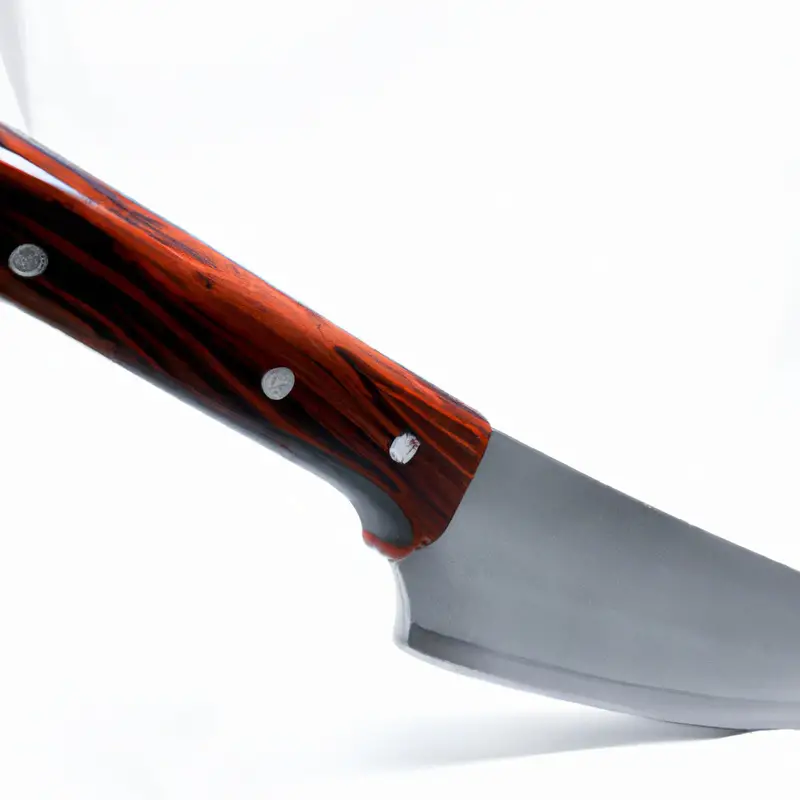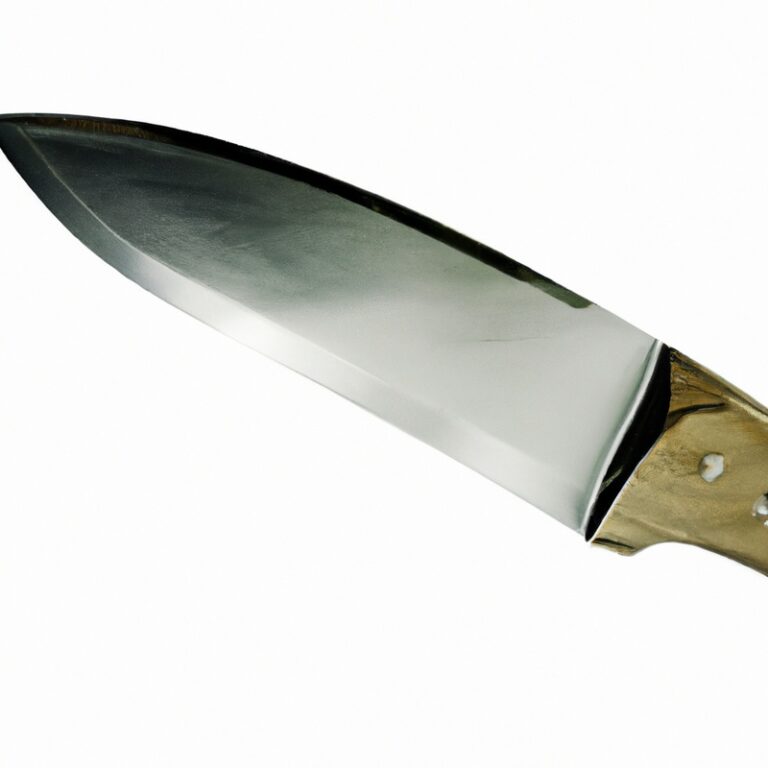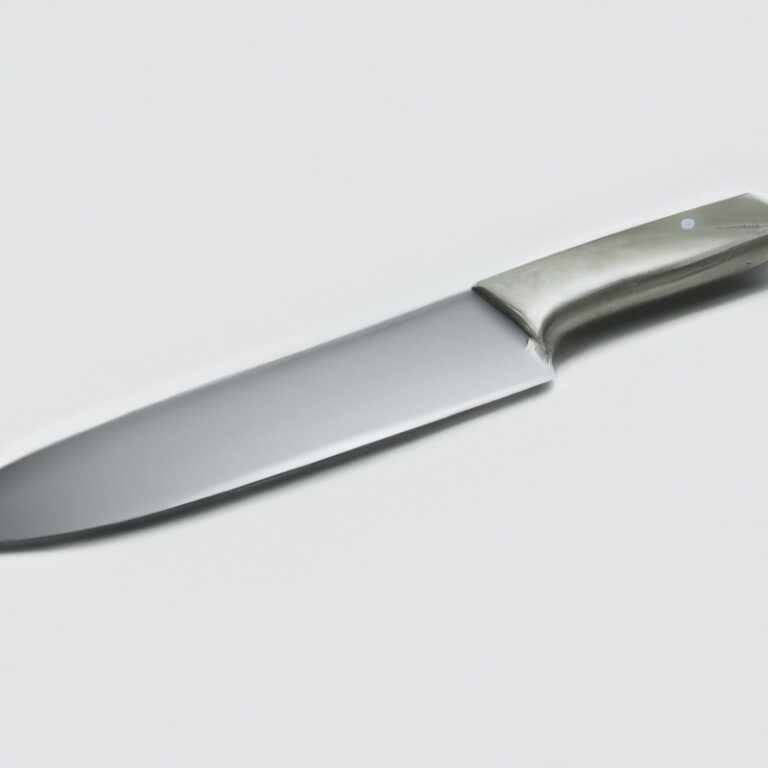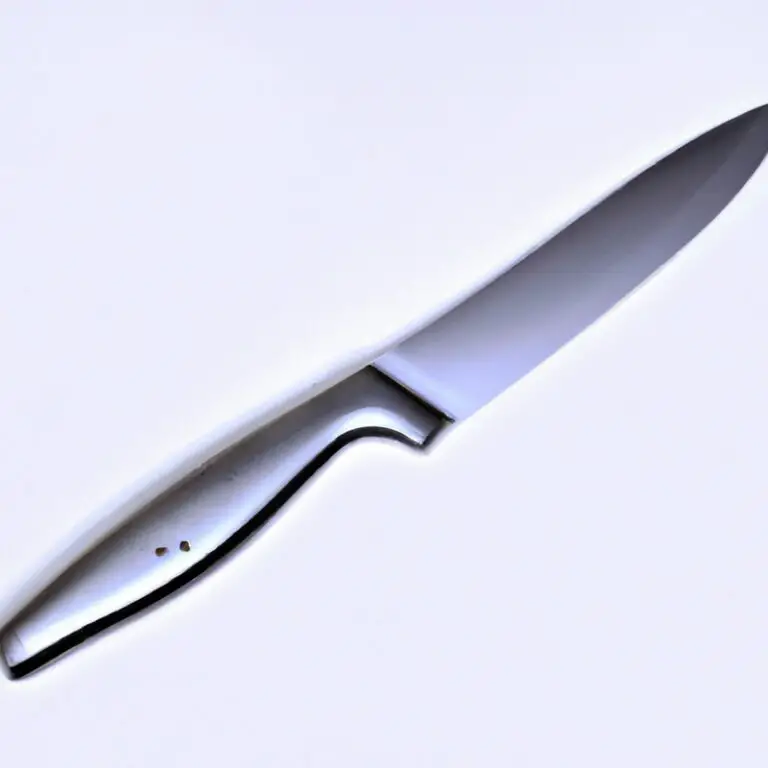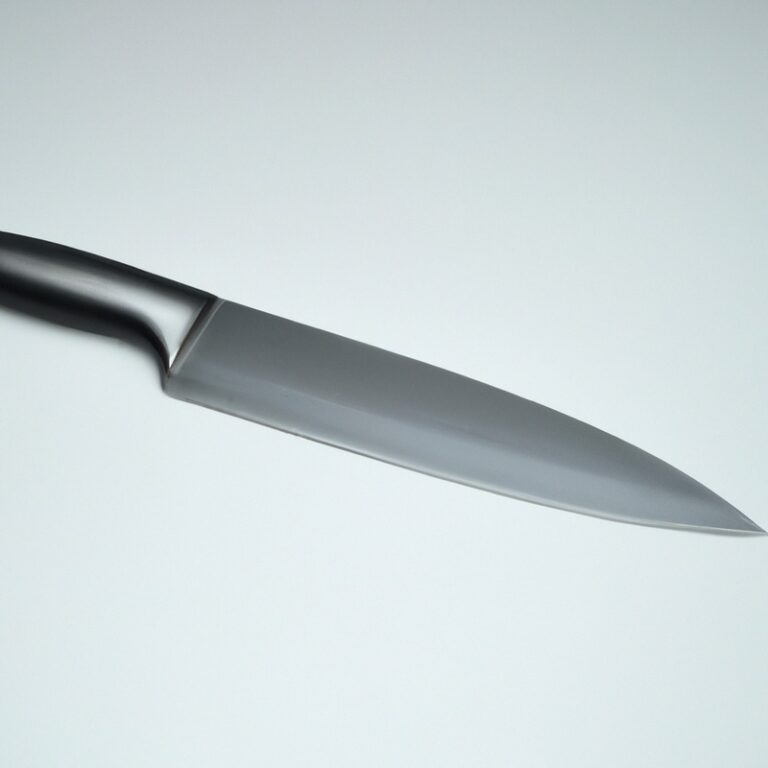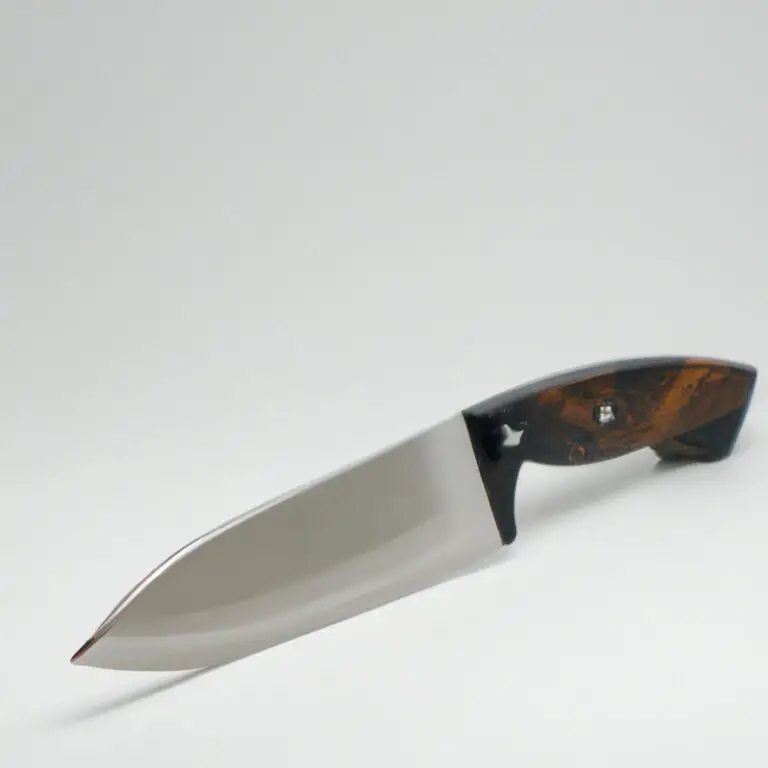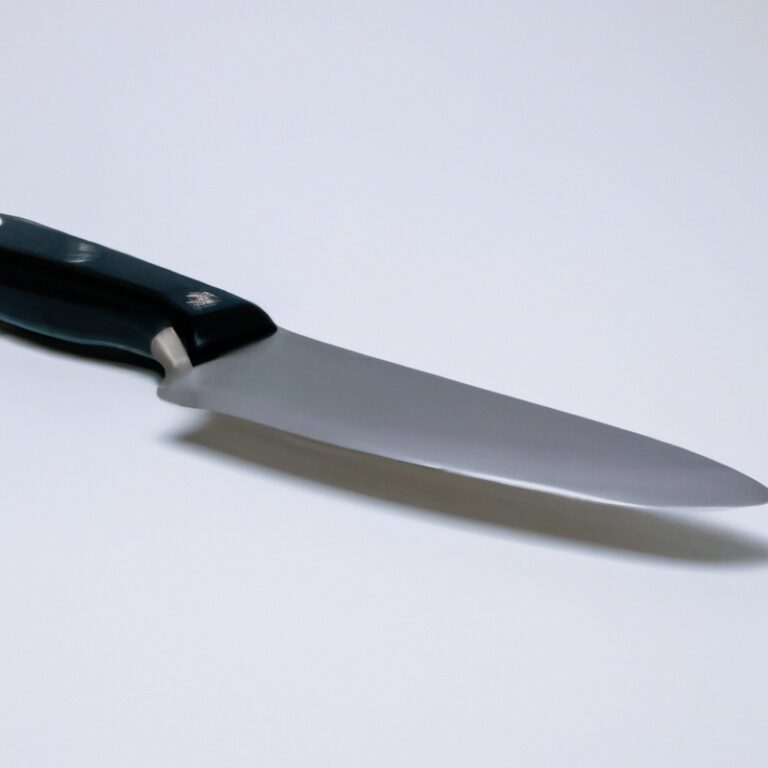How Does Knife Steel Influence Blade Retention In Chopping Vegetables?
Key Takeaways:
- Harder knife steels tend to have better blade retention.
- Blade retention can be influenced by the alloy composition of the knife steel.
- Knife steel with a higher carbon content typically provides improved edge retention.
- The hardness and edge geometry of the knife steel can affect how well it retains its sharpness while chopping vegetables.
Are you tired of using flimsy knives that dull too quickly when chopping vegetables? If so, it’s time to dive into the fascinating world of knife steel! As an expert in culinary tools, I’m here to share with you the secrets behind blade retention in vegetable chopping and how knife steel plays a crucial role in this.
From stainless steel to high-carbon steel and even the legendary Damascus steel, we’ll explore the different types and discover which one reigns supreme in the kitchen.
Get ready to learn about hardness, sharpness, blade thickness, and the importance of proper knife maintenance. Plus, I’ll reveal the best knife steel for perfecting those flavorful veggie dishes! So, grab your cutting board and let’s get slicing and dicing like a pro!
| Steel Type | Blade Retention |
| High Carbon Steel | Excellent |
| Stainless Steel | Good |
| Damascus Steel | Good |
| Ceramic | Poor |
Different types of knife steel
Stainless steel
Stainless steel is a popular choice for kitchen knives due to its durability and resistance to rust and corrosion.
Its high chromium content makes it more resistant to staining and wear compared to other types of steel.
Stainless steel blades are also easy to maintain and do not require frequent sharpening.
However, they may not hold an edge as well as other types of steel, which can result in decreased blade retention when chopping vegetables.
Regular sharpening and proper maintenance can help maintain their performance.
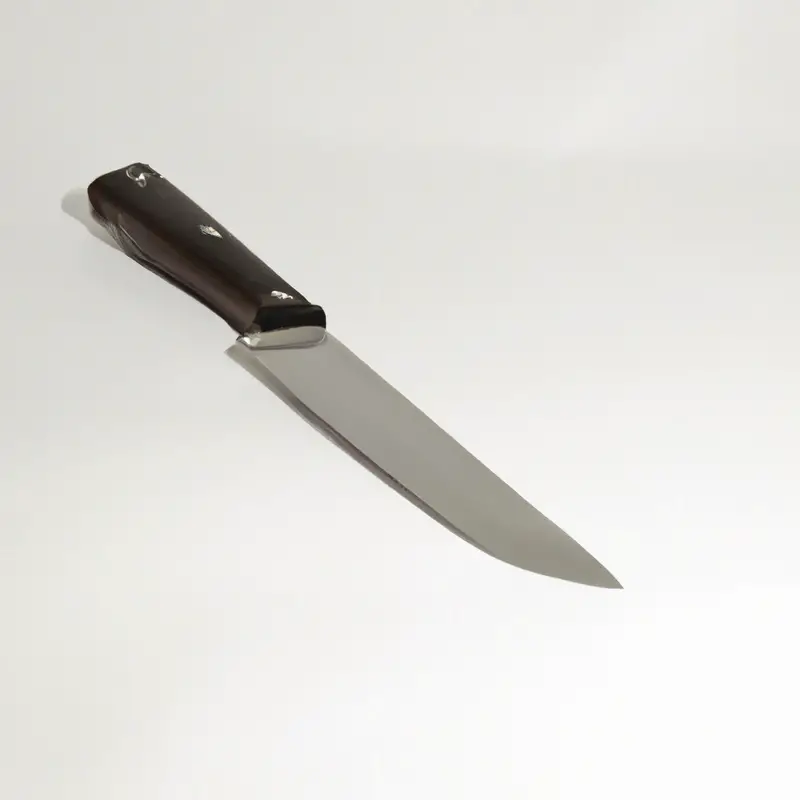
High-carbon steel
High-carbon steel is a popular choice for knife blades due to its excellent edge retention and durability.
It contains a higher percentage of carbon compared to other steels, which makes it harder and less prone to wear.
The high carbon content also allows for a sharper edge to be achieved and maintained for longer periods.
However, it is important to note that high-carbon steel can be more prone to rust and requires proper care and maintenance.
Regular sharpening and proper storage are essential to keep a high-carbon steel blade in optimal condition.
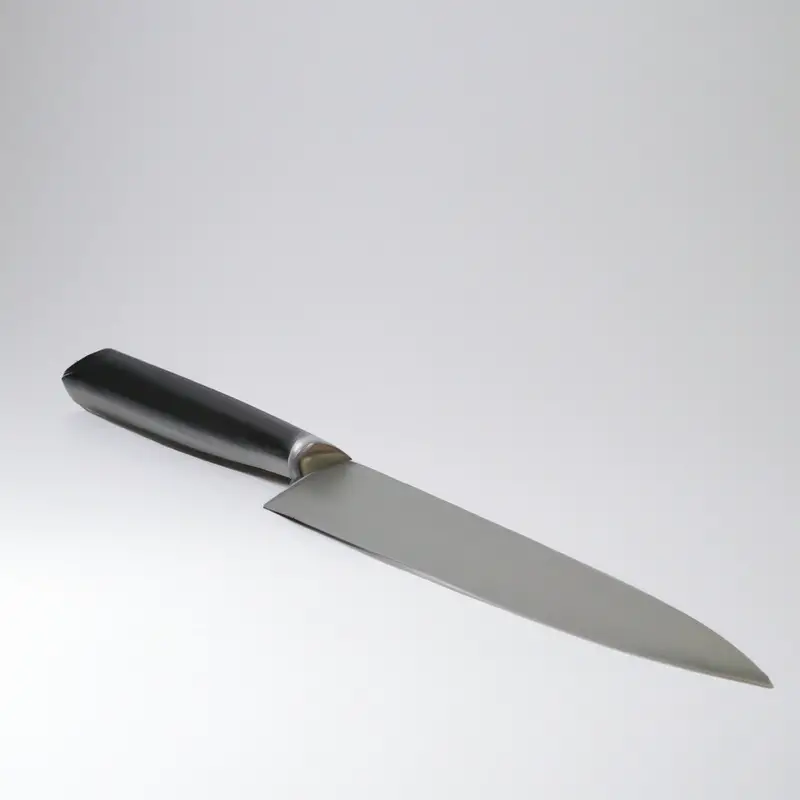
Factors influencing blade retention
Hardness of the knife steel
The hardness of the knife steel is a crucial factor that influences blade retention.
Hardness refers to the ability of the steel to resist indentation or deformation when subjected to force.
A harder knife steel will retain its sharpness for a longer period, resulting in better blade retention.
It also reduces the risk of the blade rolling or chipping during use.
However, it’s important to find a balance, as extremely hard steel can be brittle and prone to breaking.
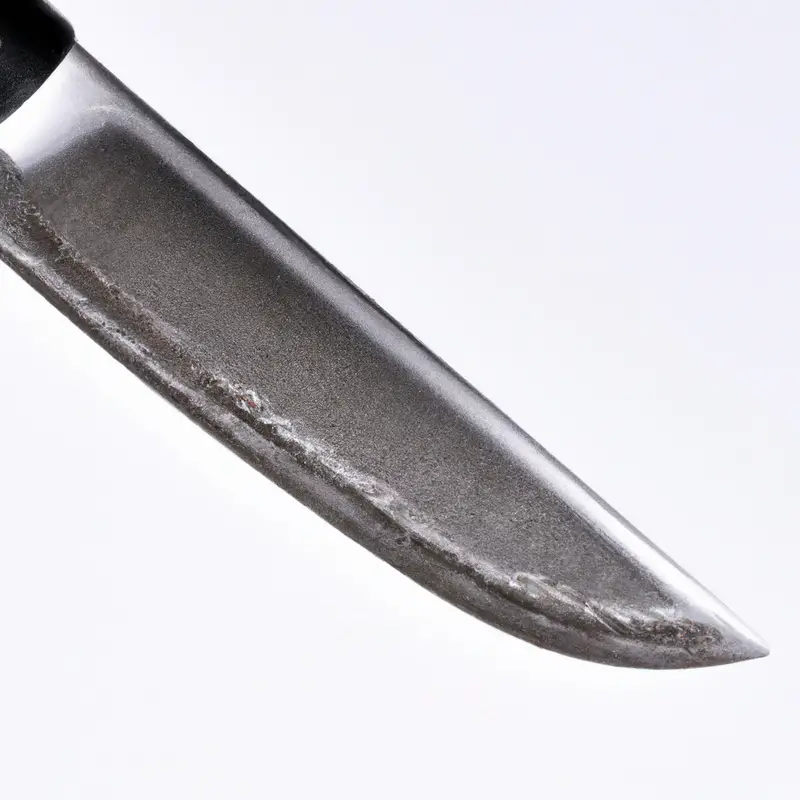
Sharpness of the blade
Sharpness is a key factor in blade retention when chopping vegetables.
A sharp blade cuts through vegetables effortlessly, reducing resistance and preventing crushing or tearing.
A sharp blade also maintains its edge for longer, allowing for consistent and precise cuts.
To ensure sharpness, it is important to regularly sharpen the blade using a honing rod or a sharpening stone.
Proper storage and careful handling can also help maintain the sharpness of the blade.
Remember, a sharp blade not only improves efficiency but also enhances safety in the kitchen.
Blade thickness and geometry
Blade thickness and geometry play a significant role in blade retention when chopping vegetables. Thicker blades tend to have better stability and can withstand more force without losing their edge.
On the other hand, thinner blades excel in precision cutting and are easier to maneuver.
The geometry, such as the shape and angle of the blade, also affects the cutting performance. A well-designed blade geometry can improve slicing efficiency and reduce food sticking to the blade.
Therefore, when choosing a knife for chopping vegetables, consider the blade thickness and geometry that suits your cutting style and preferences.
Knife maintenance and care
Proper maintenance and care play a crucial role in retaining the blade’s sharpness and longevity.
Regular sharpening is essential to keep your knife performing at its best.
Proper storage in a knife block or sheath protects the blade from damage.
Cleaning the knife immediately after each use and drying it thoroughly prevents rust and corrosion.
Avoid using abrasive materials or placing the knife in the dishwasher, as it can damage the blade.
By prioritizing these maintenance and care practices, you can ensure your knife stays in top condition for a long time.
Best knife steel for chopping vegetables
When it comes to chopping vegetables, the choice of knife steel is essential for optimal blade retention. The best knife steel for this task is one that combines excellent sharpness with durability.
High-carbon stainless steel, such as VG-10 or AUS-8, is a popular choice as it holds its edge well and is resistant to rust and corrosion.
Additionally, Damascus steel is known for its beautiful patterns and exceptional cutting performance. Another option is ceramic knives, which are extremely sharp and stay sharp for a long time.
Ultimately, selecting the right knife steel for chopping vegetables depends on personal preference and budget.
Tips for maintaining blade retention
Regular sharpening
Regular sharpening is essential for maintaining blade retention in chopping vegetables.
When a knife blade becomes dull, it requires more force to cut through vegetables, which can lead to less precise cuts and potential accidents.
By regularly sharpening your knife, you ensure that the blade remains sharp, allowing for effortless slicing and chopping.
It is recommended to use a sharpening stone or honing steel to maintain the sharpness of your blade.
Regular sharpening not only improves the performance of your knife but also prolongs its lifespan.
Proper storage
Proper storage is essential for maintaining blade retention in your knives.
Here are some tips to keep in mind:
- Store knives in a knife block or on a magnetic strip to prevent them from banging against other utensils or surfaces.
- Avoid storing knives loose in drawers where they can easily get damaged or dull.
- Always clean and dry your knives before storing them to prevent moisture buildup and potential rust.
- Consider using blade guards or sheaths to protect the blades from accidental damage and to keep them safely stored.
- Additionally, do not store knives in damp or humid environments, as this can promote corrosion.
Cleaning and drying techniques
To keep your knife blade in optimal condition, it’s important to utilize proper cleaning and drying techniques. After each use, I recommend handwashing your knife with warm water and mild dish soap.
Avoid using abrasive scrubbers or dishwashers, as they can damage the blade.
To dry your knife, use a soft towel to carefully remove any moisture. Pay attention to the areas where the blade meets the handle, as water can accumulate there.
It’s also crucial to ensure that your knife is completely dry before storing it to prevent rust or corrosion.
In addition to regular cleaning and drying, I suggest periodically lubricating your knife’s pivot or hinge with a food-grade mineral oil. This will help maintain smooth operation and prevent any buildup or friction.
Final Verdict
The type of knife steel used can greatly impact blade retention when chopping vegetables. Stainless steel blades offer durability and resistance to corrosion, making them a popular choice.
High-carbon steel blades provide excellent sharpness and edge retention, but require more maintenance to prevent rust.
Damascus steel blades are known for their beautiful patterns and exceptional sharpness. Factors such as hardness, sharpness, blade thickness, and knife maintenance all play a role in blade retention.
Regular sharpening, proper storage, and careful cleaning and drying techniques are essential for maintaining blade retention.
By understanding these factors and making informed choices, you can ensure the longevity and performance of your knife’s blade.

